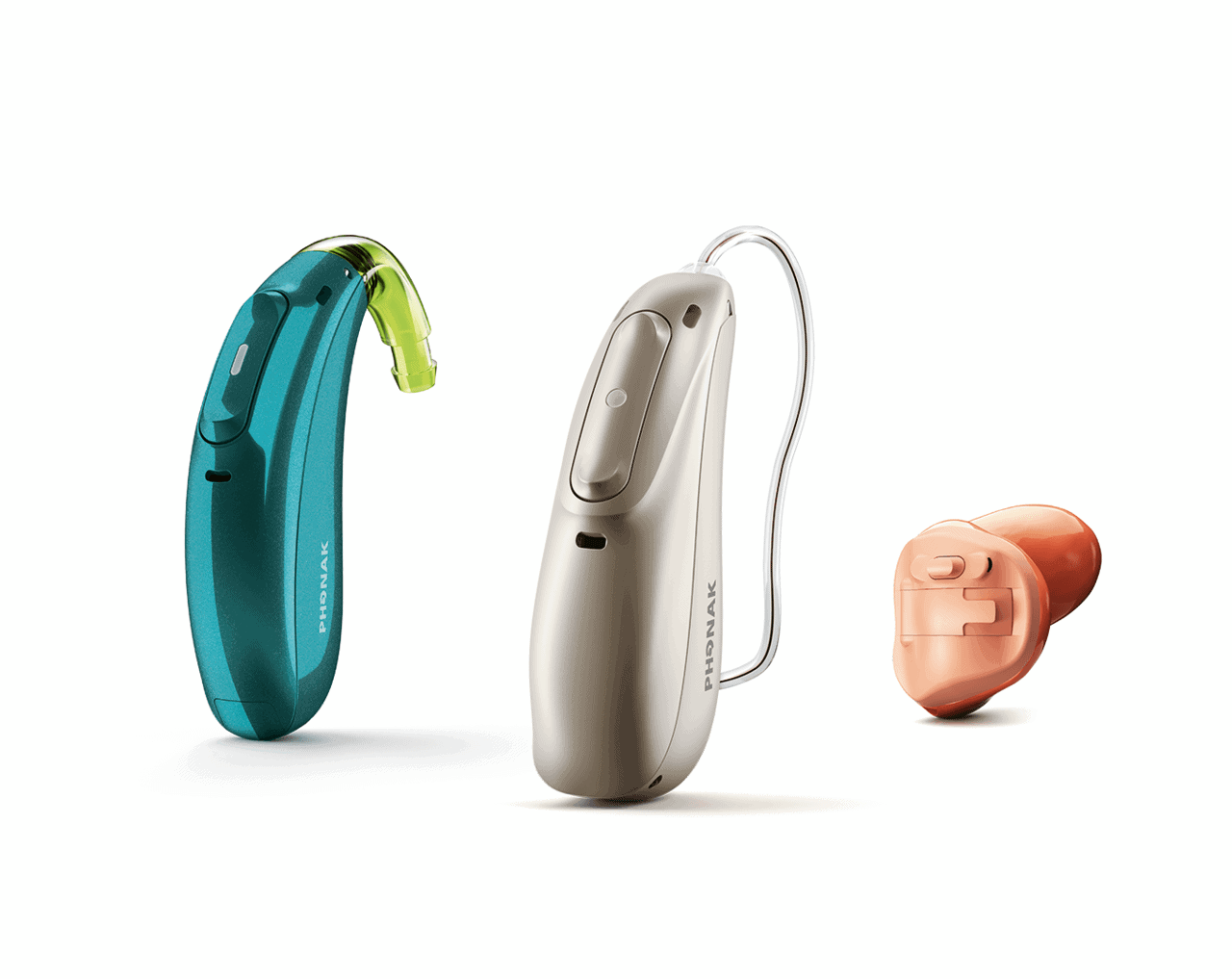
Hearing aids are devices designed to amplify sound for people with hearing loss. They come in different styles, each with its own unique features and benefits. In this article, we will provide an overview of the various styles of hearing aids available, and the advantages and disadvantages of each type. Whether you are considering getting a hearing aid for the first time or are looking to upgrade your current device, understanding the different options available can help you make an informed decision about which hearing aid style is best suited for your individual needs.
Completely-in-Canal (CIC)
CIC hearing aids are the smallest style available and fit entirely in the ear canal. They are the least visible and offer natural sound quality because they use the ear’s natural shape to collect sound. However, they have a shorter battery life and may not be powerful enough for those with severe hearing loss. They also require good dexterity to handle due to their small size.
In-the-Canal (ITC)
ITC hearing aids are slightly larger than CIC hearing aids and fit partially in the ear canal. They are still relatively discrete but offer better functionality than CIC hearing aids. They have a longer battery life and can accommodate more features, such as directional microphones and volume controls. However, they may be more noticeable and not suitable for those with severe hearing loss.
In-the-Ear (ITE)
ITE hearing aids are custom-fit to the shape of the ear and sit in the outer ear bowl. They are larger than CIC and ITC hearing aids but can accommodate more features and are easier to handle. They are suitable for a wider range of hearing losses, including severe hearing loss. However, they may be more visible than smaller styles and may cause discomfort when wearing headphones or using the phone.
Behind-the-Ear (BTE)
BTE hearing aids consist of a plastic case that sits behind the ear and a custom-fit earmold that sits in the ear canal. They are the most common style of hearing aid and offer the most power and features. They are suitable for all types of hearing loss, from mild to profound. They are also easy to handle and clean. However, they may be more noticeable than smaller styles and can cause feedback if not fitted properly.
Receiver-in-Canal (RIC)
RIC hearing aids are similar to BTE hearing aids but have a smaller, more discreet design. They use a thin wire to connect the case behind the ear to the speaker in the ear canal. RIE hearing aids offer a more natural sound quality and are suitable for a wider range of hearing losses. They also have better feedback control and are less visible than traditional BTE hearing aids. However, they may require more maintenance due to the thin wire and may not be suitable for those with severe hearing loss.
Will hearing aids keep getting smaller?
Yes, hearing aids are likely to keep getting smaller as technology continues to advance. In recent years, we have seen a trend towards smaller and more discreet hearing aids, and this trend is likely to continue. As hearing aid components become smaller and more powerful, manufacturers will be able to create even smaller and more advanced devices. This will make the tradeoff between power and size less of an issue.
The trend towards smaller hearing aids is likely to continue, but it is important to remember that the most important factor when choosing a hearing aid is how well it works for the individual wearer. The size and style of the device are secondary to its ability to improve hearing and communication. So, while smaller hearing aids may be appealing for their discreteness, it’s important to prioritize functionality and effectiveness when choosing a device.
When choosing a hearing aid, it’s important to consider your individual needs and preferences. Each style of hearing aid has its own unique features and benefits, and consulting with a hearing specialist can help you determine the best option for your hearing loss. Don’t let hearing loss impact your quality of life – early treatment can improve communication, relationships, and overall well-being.
At our hearing practice, we offer a range of hearing aids and services to meet your needs. Our team of experienced audiologists can guide you through the process of selecting and fitting your hearing aid, ensuring that you receive the best care and attention possible. Contact us today to schedule a consultation.
